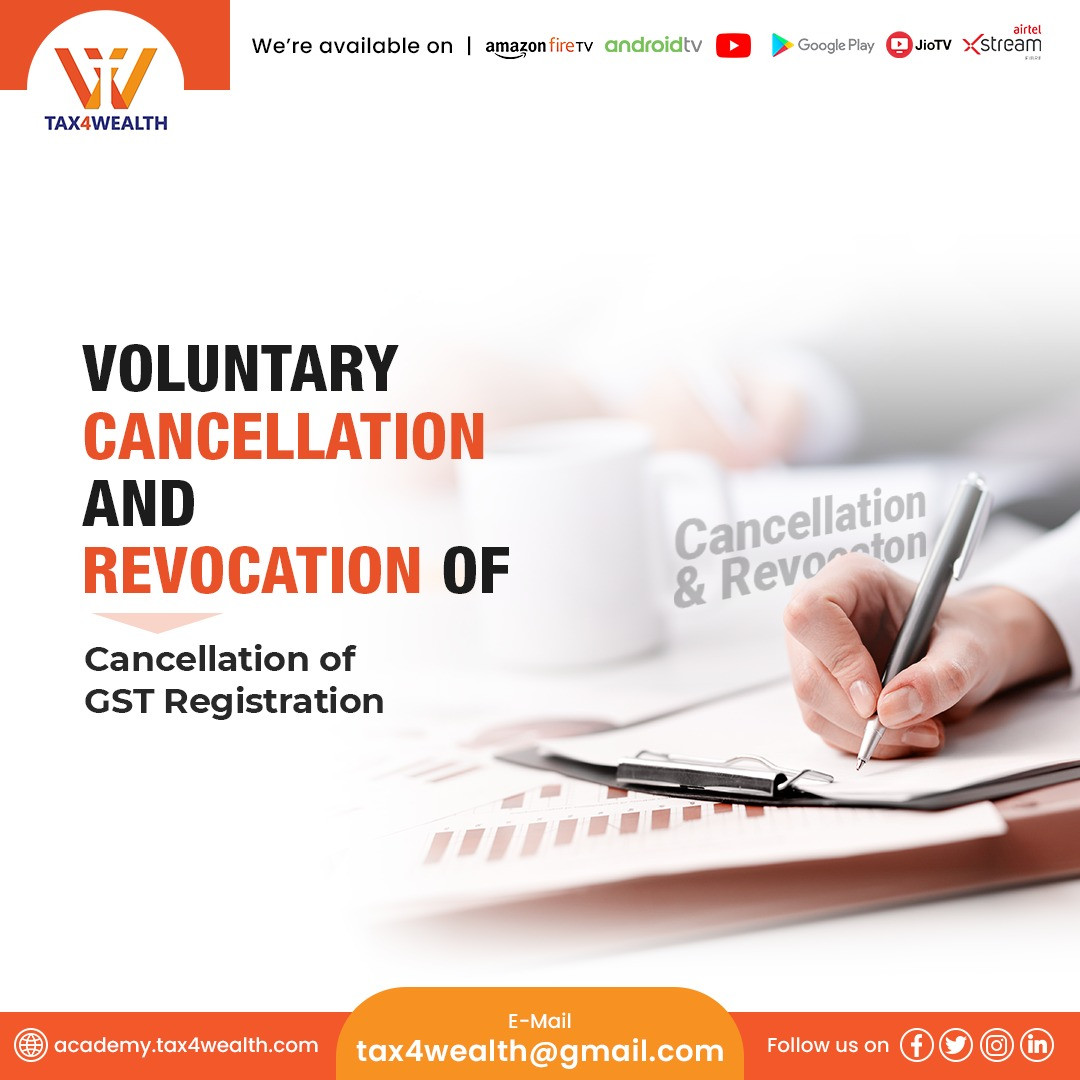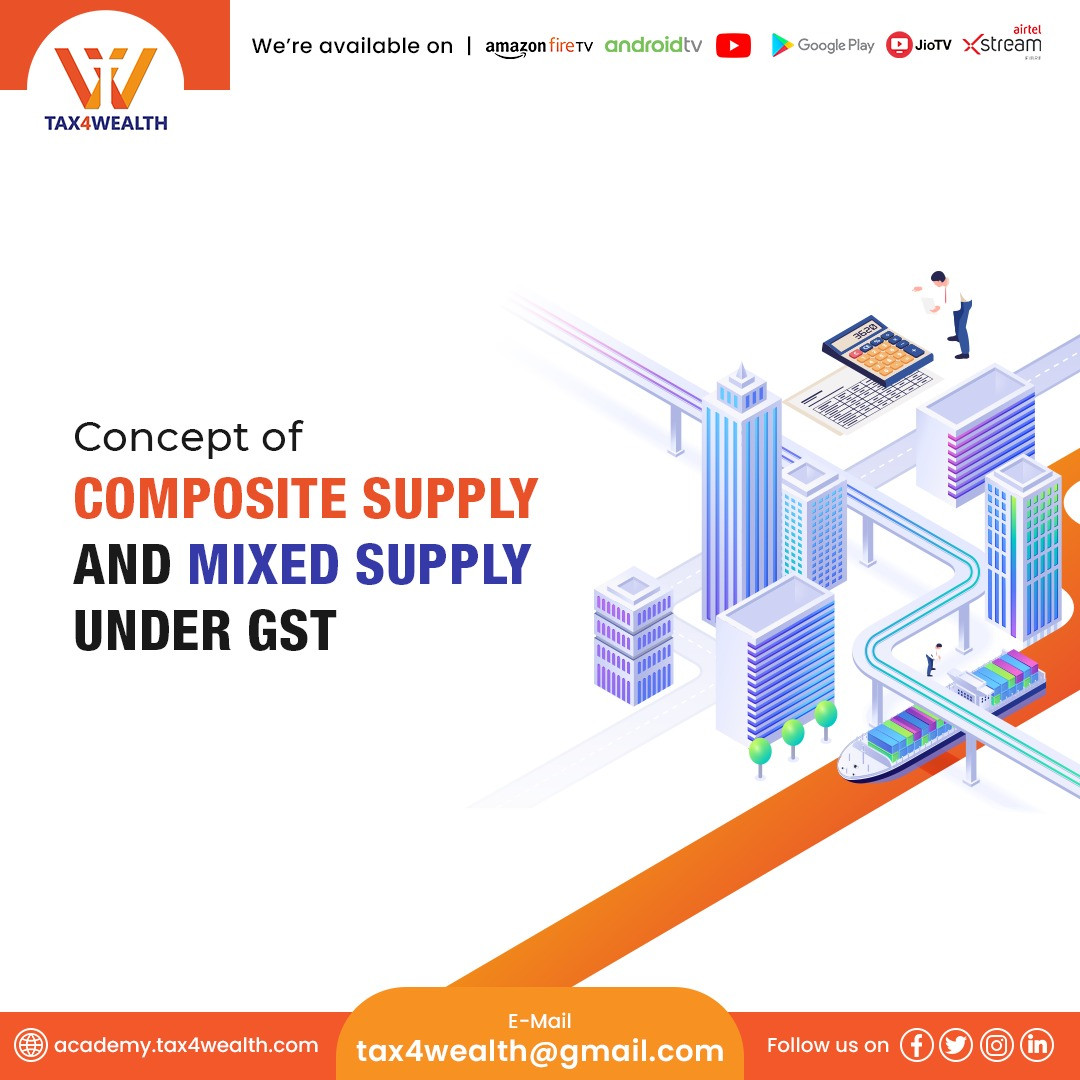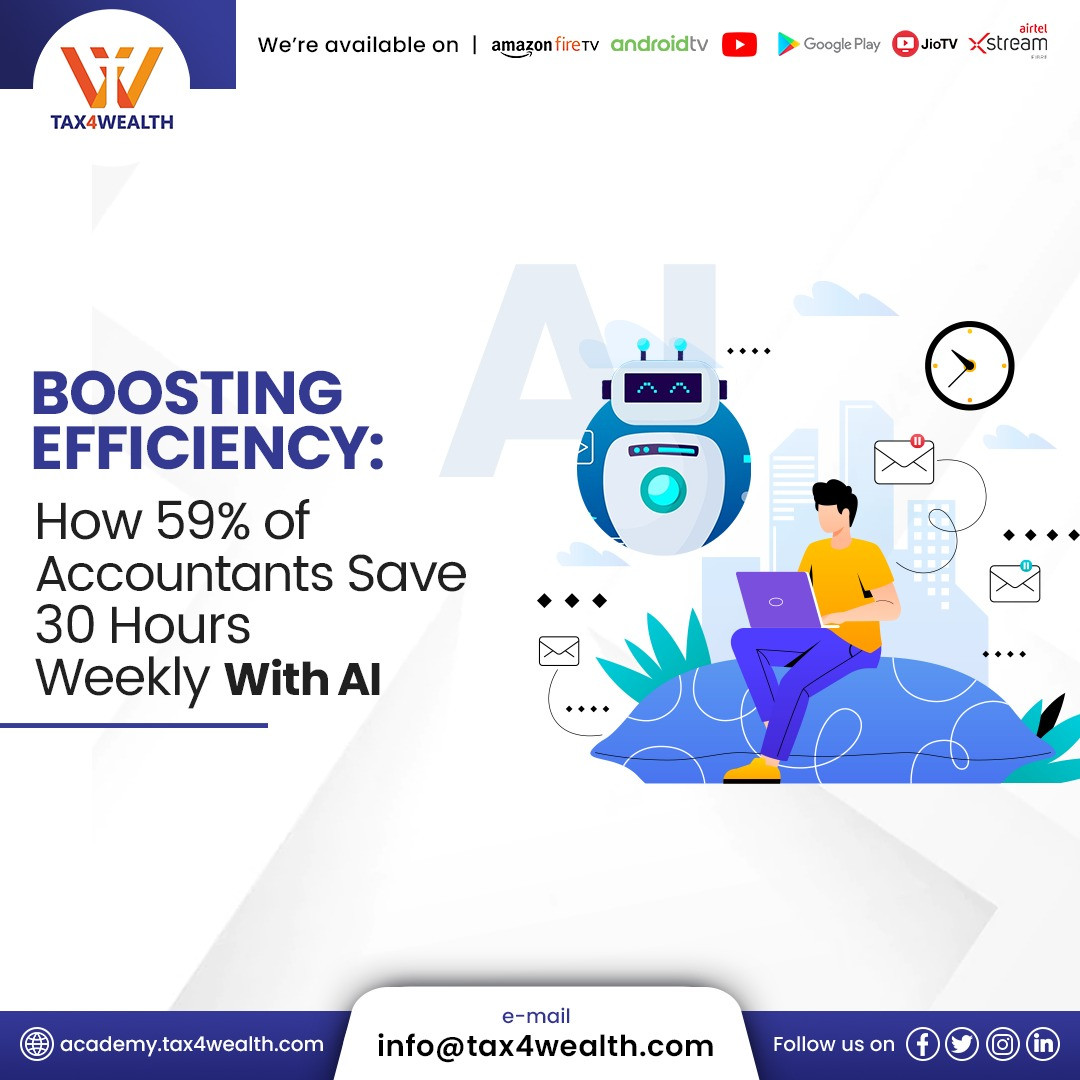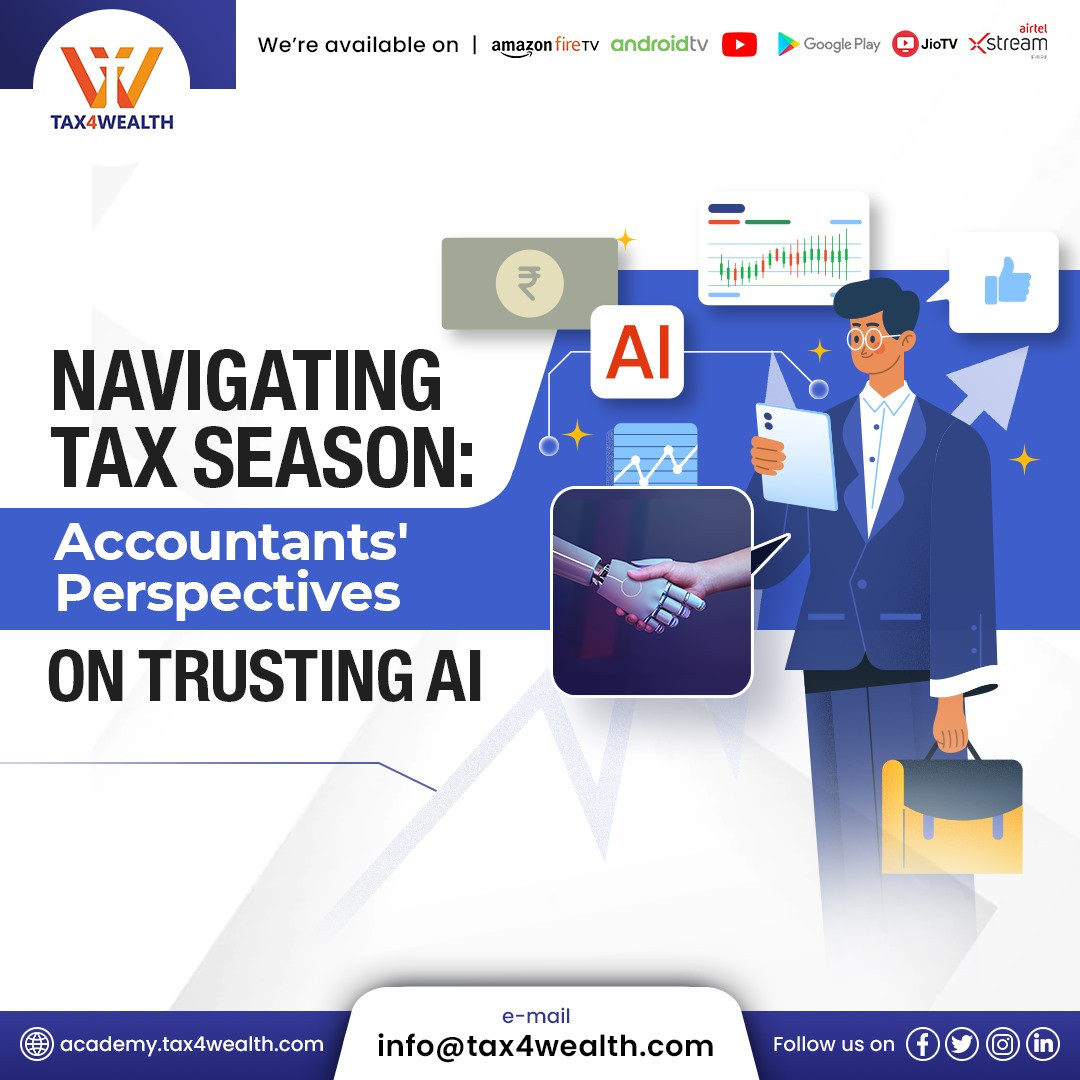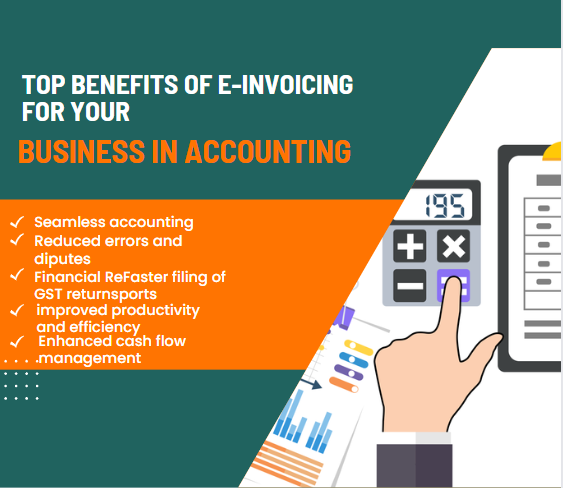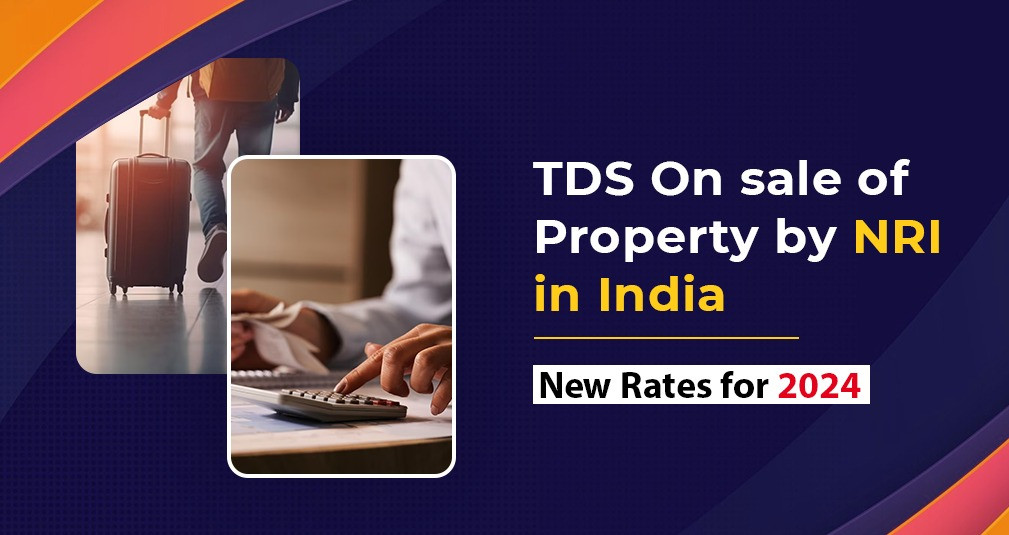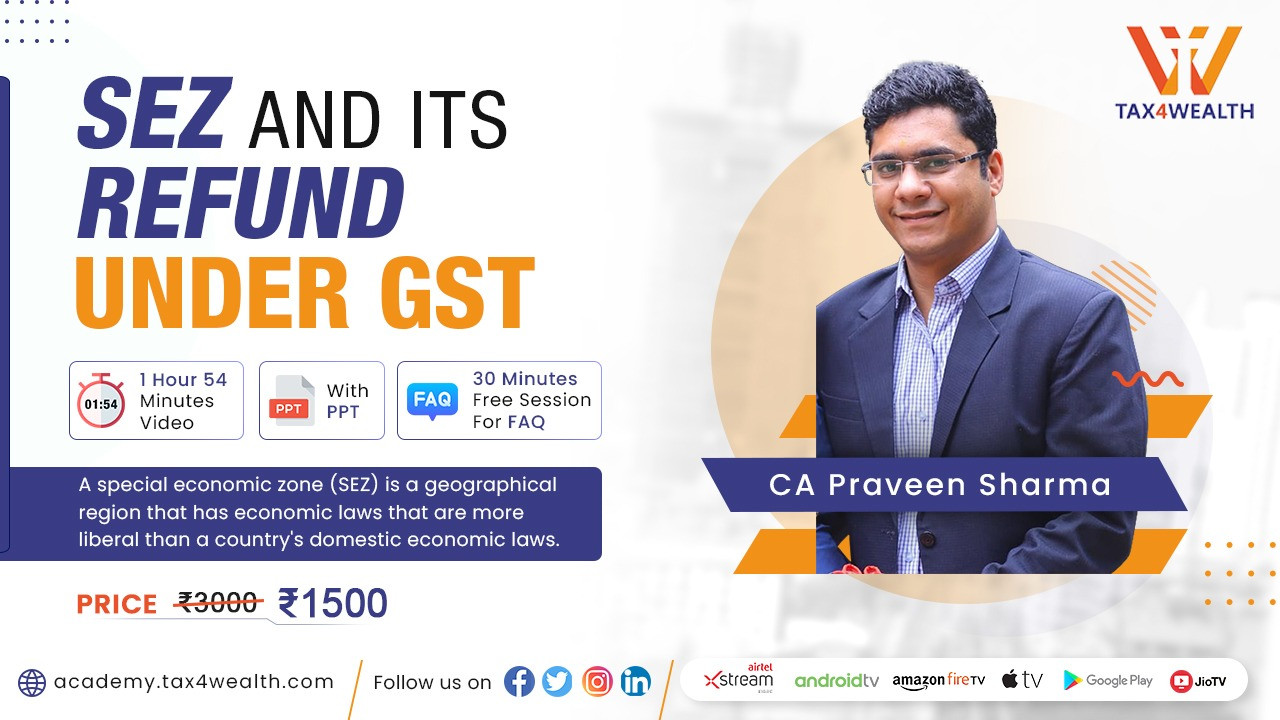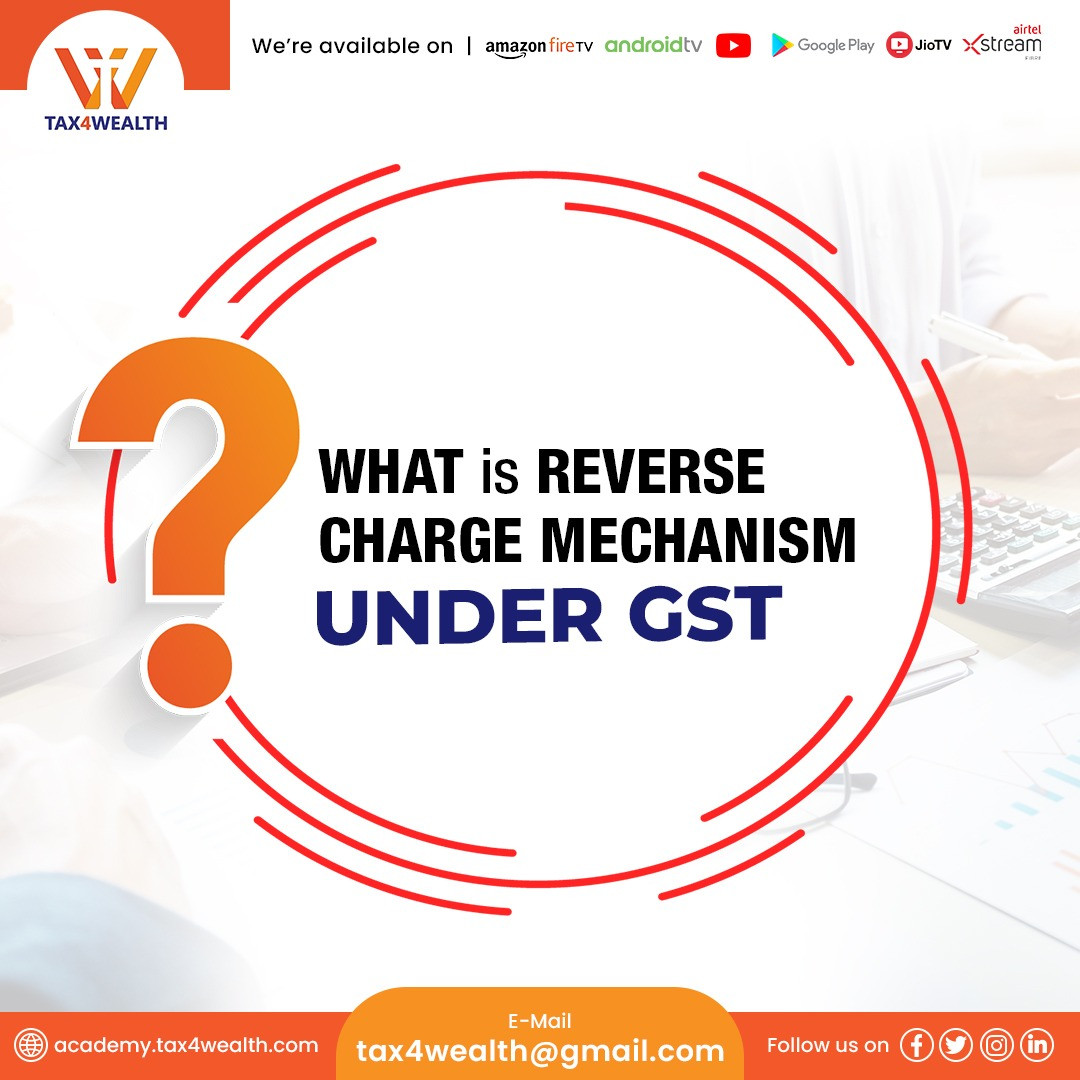
What is Reverse Charge Mechanism Under GST?
What is a Reverse Charge Mechanism?
Generally, tax is paid by the supplier of goods and/or services for supply. In case of reverse charge mechanism, the recipient of the goods and/or services is liable to pay taxes. In simple words, the chargeability to pay taxes gets reversed. In case of reverse charge mechanism, the receiver of the goods and/or services is liable to pay GST (Goods and Service Tax) and not the supplier of the goods and/or services.
Applicability of Reverse Charge Mechanism
Under the provisions of Section 9(3), 9(4) and 9(5) of Central Goods and Service Tax Act (CGST) and State Goods and Service Tax Act (SGST), the mechanism of reverse charge is applicable for intra-state transactions.
Apart from that under the provisions of Sections 5(3), 5(4) and 5(5) of the Integrated Goods and Service Tax Act (IGST), the mechanism of reverse charge is applicable for inter-state transactions. A detailed analysis on the aforesaid concept has been discussed in the below mentioned paragraphs.
The Supply of some goods and/or services as prescribed by CBIC
According to the provisions under Section 9(3) of Central Goods and Service Tax Act (CGST), CBIC has provided the list of goods and/or service in respect of applicability of reverse charge mechanism.
The Supply is being made to a Registered Dealer from an Un-registered Dealer
According to the provisions under Section 9(4) of the Central Goods and Service Tax Act (CGST), if a trader is not registered under GST and is engaged in supplying goods to a registered trader under GST, then the reverse charge mechanism will be applicable. This simply means that GST will be paid by the receiver of goods and/or services instead of supplier of the goods and/or services. In such cases, the registered dealer is liable to pay tax under GST under the reverse charge scheme and accordingly has to make self invoice for the purchase made.
In case of intra-state purchases, State Goods and Service Tax and Central Goods and Services Tax will be paid under the provisions of reverse mechanism by the buyer of the goods and/or services. Apart from that the buyer also has to pay the Integrated Goods and Service Tax (IGST). The government will notify the list of goods and/or services on which the reverse charge will be applicable from time to time.
The Reverse Charge Mechanism for supplies made by unregistered dealers under GST to registered dealers was deferred to 30 September 2019. The said provision was earlier applicable from 1 October 2018.
For the real estate sector, the government has notified that the promoted has to buy the inward supplies from registered supplier only to an extent of 80%. This can be better analyzed with the help of a relevant example. For example, there is a shortfall of 80% in the purchase from registered dealers, then, the promoter in such case must charge GST at the rate of 18% on the reverse charge to the inward supplies to the extent of 80%. However, in case the promoter buys cement from an unregistered dealer, he has to pay tax at the rate of 28%. It is to be noted that the calculation in such scenarios must be done irrespective of the 80% calculation.
The promoter is responsible to pay GST on the reverse charge mechanism basing on the floor space index or TDR supplied on or after 1 April 2019. Although a landowner is not carrying out a regular land related activities, the transfer of developmental right made by the landowner to the promoter is also liable for GST as the transfer of developmental rights will be considered as supply of service under the provisions of Section 7 of Central Goods and Services Tax Act (CGST). Apart from that if there is a inward supply of TDR by one developer to another developer still GST will be applicable at the rate of 18% on reverse charge basis.
The Supply of Services through an E-commerce Operator
Under Section 9(5) of the Central Goods and Service Tax Act (CGST), if a service provider uses the service of an E-commerce Operator then he or she will be liable to pay taxes under GST. The services under the aforesaid section include the following;
- Transportation services provided to passengers by companies like UBER, OLA in motor cab, maxi cab, taxi, motor cycle etc.
- Providing services related to accommodation in hotels, resorts, guest houses, villas etc. for lodging purpose through the e-commerce operator is liable to get a GST registration in case the annual turnover exceeds the prescribed threshold limit. The examples of such companies are makemytrip.com, tripadvisor.com, goibio.com, OYO etc.
- Providing housekeeping services including plumbing, carpentering etc. through an e-commerce operator is liable to get a GST registration if the annual turnover exceeds the prescribed threshold limit. The example for the same is Urban Clap where it is liable to pay taxes and collects the same from the customers instead of the service providers.
Time of supply under Reverse Charge Mechanism (RCM)
In case of Goods the Time of Supply
In case of reverse charge, the time of supply for goods must be as soon as possible or earliest within the below mentioned dates;
On the date of receiving of goods
On the date of payment for supply of goods
On the date immediately after passing of 30 days from the date of issuance of the invoice for the goods purchased from the supplier
In case it is impossible to determine the time of supply, the date of entry of such supply in the books of accounts of the receiver of the goods will be considered as time of supply. The concept of the same can be better analyzed with the help of an illustration.
Illustration
- The Date on which goods were received : 15 September 2021
- The Date of invoice issued : 1 October 2021
- Date of entry in books of receiver: 18 September 2021
In this case, the time of supply of service will be 15 September 2021.
In case of Services, the Time of Supply
In case of reverse charge, the time of supply for services must be as soon as possible or earliest within the below mentioned dates;
- On the date of payment
- On the date immediately after passing of 60 days from the date of issuance of the invoice for the services obtained from the supplier
In case it is impossible to determine the time of supply, the date of entry of such supply in the books of accounts of the receiver of the services will be considered as time of supply. The concept of the same can be better analyzed with the help of an illustration.
Illustration:
- The date on which payment was made : 15 October 2021
- The date immediately after passing of 60 days from the date of issuance of the invoice by the supplier
Date of Invoice: 15 October 2021
60 Days after 15 October 2021 will be 14 November 2021
- Date of entry in books of receiver of services :18 October 2021
In this case, the time of supply of service will be 14 November 2021
Who must pay GST under the Reverse Charge Mechanism (RCM)?
According to the provisions under GST, the person who is engaged in supply of goods and/or services has to mention in the invoice if the tax is payable under Reverse Charge Mechanism or not. There are some points which must be kept in mind while making the payment under Reverse Charge Mechanism. The details whereof are provided below;
- The receiver of the goods and/or services can avail the Input tax Credit on the amount of tax paid under the reverse charge mechanism only in case the goods and/or services are being used for development of business.
- Under the reverse charge mechanism, the compensation cess under GST is applicable to the amount of tax payable or already paid.
- Under reverse charge mechanism, the taxes are paid normally and not at the composition rates while discharging the liability. Apart from that, these are not eligible for claiming the input tax credit of the tax paid already.
Input Tax Credit (ITC) under Reverse Charge Mechanism (RCM)
Under the provisions of GST, a supplier cannot claim for input tax credit for GST paid under the reverse charge mechanism. The receiver of goods can avail input tax credit on GST paid under reverse charge mechanism on receiving the goods and/or services, only in case of such goods and/or services are being used for business purposes.
What is self invoicing?
Self-invoicing must be done when a purchase is made from an unregistered dealer. The aforesaid supply of goods will come under the reverse charge mechanism as the supplier cannot issue a compliant GST invoice to the purchaser. Thus, the purchaser of goods is liable to pay taxes on behalf of the supplier. Hence, it is necessary to do self-invoicing. According to Section 31(3)(g), the receiver of goods who is liable to pay tax under Section 9(3) or 9(4) has to issue a payment voucher while making payment to the supplier.
Related News
No comments yet, Be the first to comment.



